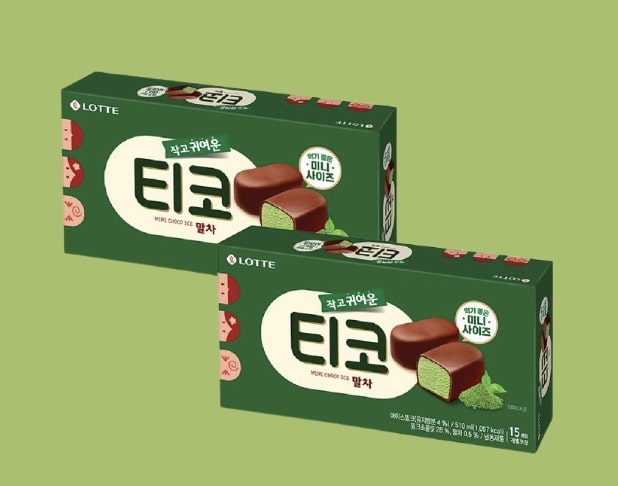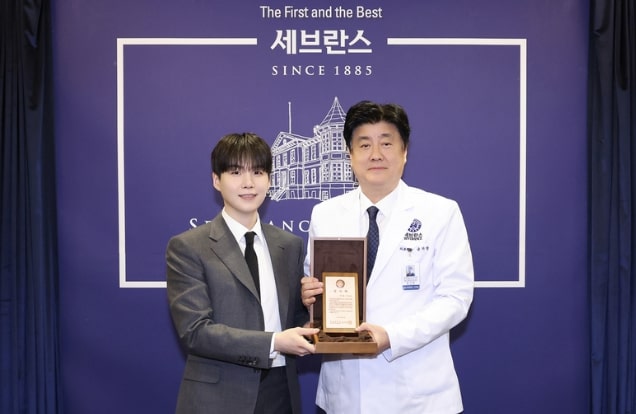
What Is Korea Famous For?
Let’s be honest. It hasn’t been long since Korea gained worldwide popularity. Decades ago, whenever people in western countries saw Asian-looking people, the first nationality that popped out of their mouth was “China.” And if you say you’re from Korea, their first question would be something like, “Are you from the north or the south?”
As the Internet started to connect the globe and provide more opportunities to learn about different cultures, South Korea was one of the countries that benefited a lot from it. Nowadays, more people already know or wants to know about Korea and its culture.
So, what is Korea famous for?
Korea is a country located in East Asia that is known for its rich history, vibrant culture, and technological advancements. Here are some of the things Korea is famous for:
1. K-OOO (K-Pop, K-Drama, K-Food, etc.)
YouTube and Netflix are probably the two biggest platforms that helped South Korea gain today’s reputation. Through these online platforms, people around the world could learn and watch Korean artists perform and Korean actors act.

Korean pop music, commonly known as K-Pop, has taken the world by storm in recent years. The more you dig, the more you get. With so many concepts, music videos, and live clips of different K-pop bands, you can easily spend hours watching their performances online. Catchy tunes, synchronized dance routines, and stylish outfits are some of the characteristics of K-Pop. K-Pop groups like BTS, Blackpink, and NewJeans have gained a massive global following, making Korea a cultural powerhouse.

Korean dramas, often referred to as K-Dramas, is known for its engaging storylines, talented actors, and high production value. There were fans who liked K-Dramas in the past, but ‘Squid Game’ has taken K-Drama to the next level. At first, K-Dramas with romantic stories became popular, such as Winter Sonata and My Love from the Star. Then, dramas with different genres, such as Signal and My Mister, captivated global audiences as well.

Korean food, or K-Food, is characterized by its bold flavors, generous use of spices, and emphasis on vegetables and rice. Some of the most popular Korean dishes include kimchi, bibimbap, Korean fried chicken, and tteokbokki (stir-fried rice cake), which is often paired with a refreshing glass of soju, a popular Korean alcoholic beverage.
2. Hangeul (Korean Alphabets)

한글, or Hangeul, is the Korean alphabet invented by Sejong the Great, the fourth king of the Joseon Dynasty. With 14 consonants and 10 vowels, it has a total of 24 alphabets. It’s easy enough to learn the alphabet within a few days. What’s impressive about Hangeul is that the king of the country invented the alphabet itself for his people. Sejong the Great created Hangeul to promote literacy among the common people in 1446. In this period of time, literacy was the privilege of noblemen because Korean ancestors used Classical Chinese characters to write, which were extremely difficult to learn. It was common for lower-class people to not read or write due to a lack of education. According to Ethnologue, there are around 81.7 million people speaking Korean all over the world.
3. Electronics (Samsung, LG)

It’s well known that Korea is famous for its technology. But, let’s take one more step. Electronics! From smartphones to television and washing machines, Korea’s electronics are all over the world. Samsung Electronics remains South Korea’s largest electronics company by sales (Samsung Group itself is the largest business group operating in South Korea). Then, LG Electronics follows as a second. You know, at least one of the home electronics in your house may be from Samsung or LG.
4. Plastic Surgery

Korea is a country that’s known to have a high beauty standard. You can easily see advertisements related to plastic or cosmetic surgery in Korea. If you go near Sinsa, Gangnam, and Apgujeong areas in Seoul, you might see people’s faces wrapped with bandages after getting surgery done. It’s known that nearly 25% of women aged 19-29 have undergone plastic surgery in Korea. But it’s not just Koreans. According to Statistica, 90,494 foreign patients visited Korea for plastic and cosmetic surgery. And the size of the Korean cosmetic surgery market takes up 25% of the global market.
And the list can go on and on!



